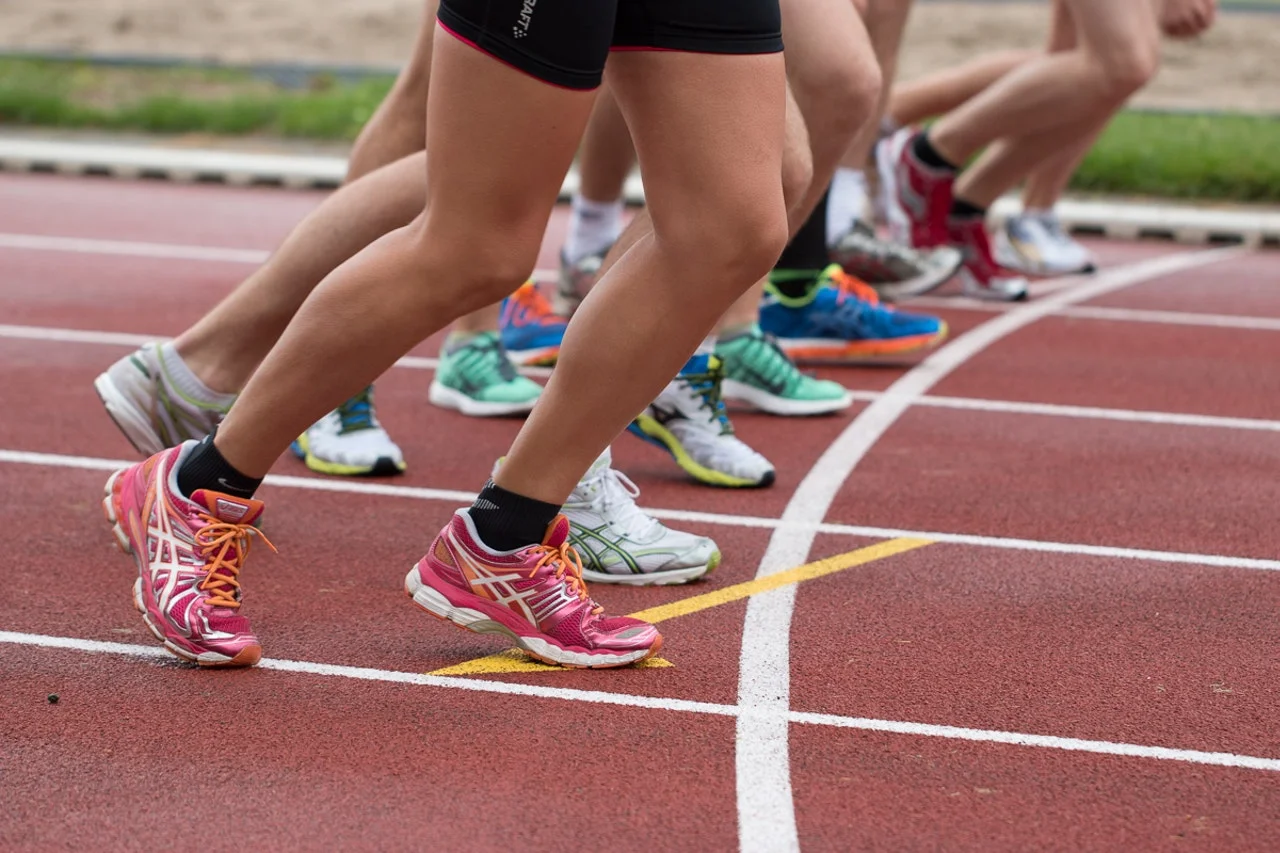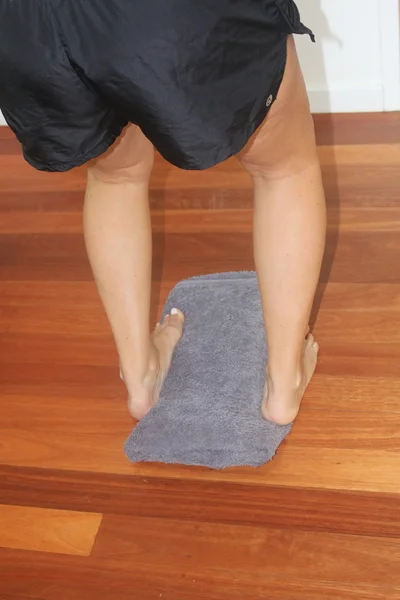Bullet Proof Your Shins To Avoid Shin Splints!
/Bullet Proof Your Shins To Avoid Shin Splints!
5 STEPS TO GET RID OF SHIN SPLINTS ONCE AND FOR ALL!
You have just signed up for a half marathon, and you are super pumped with this challenge.
You have new running shoes a good solid run program. Then, 2 weeks in, you get a bit of aching around your shins after your run. No big deal. 3 weeks in it starts hurting at the start of the run but it then thankfully goes away. 4 weeks in, now you can barely run at all! You start freaking out as the bigger mileage is only just beginning. HELP!
Shin splints can be a real pain in the ass.
The aching pain at the front or inside of the shin can be pure agony for you, but then as fast as it comes, it disappears. The best time to do something about the shin ache is earlier. Don’t wait until you can barely run.
The name ‘shin splints’ is a broad term and actually “old school” terminology. However, it is one of the most common injuries we see in runners especially at this time of the year when everyone is training for the May Half Marathon and in the lead up to the City to Surf.
There are so many things that can cause shin pain that ‘shin splints’ is really a gross oversimplification.
Four of the most common conditions we see from the shin splint family are:
medial tibial stress syndrome
anterior tibial stress syndrome
bone stress/ stress fractures
chronic compartment syndrome
The advice below is for medial tibial stress syndrome – because well, the goal of these exercises is to prevent you from getting a stress fracture! Compartment syndrome is a completely different kettle of fish which we won’t discuss today as it’s a more complex problem and less common.
TWO COMMON REASONS FOR TIBIAL STRESS SYNDROME:
REASON 1
Medial tibial stress syndrome can happen in flat-footed people. It can also happen in a foot that is behaving like a flat foot relative to their normal foot. This can happen after an old ankle sprain or foot injury such as plantar fasciitis (fasciosis), it can happen after having a couple of kids or changing to a far less supportive running shoe.
When the foot collapses more than normal the muscles that lift your arch such as tibialis posterior at the back of the shin and tibialis anterior at the front of the shin get put in a funny position and overstretched.
Because of this, they get tired a lot quicker. Tired muscles get really tight! Tight muscles that attach to bone or sit over the top can compress bone or pull on it.
Tired muscles are less effective at providing support to their neighbouring bones meaning more pressure through the shin.
REASON 2
A second reason you may get tibial stress syndrome is if you have one or two stiff ankles. Are you the kind of person that loves to thrash themselves at F45 6 days a week or do you love speed work and never stretch?? Or did you break an ankle bone or have a nasty ankle sprain (even many years prior) that lead to a potentially stiff ankle?
How can I test whether my ankles are stiff?
Do the ruler test:
Place a ruler out from the wall.
Put your big toe on 10cm for a guy and 12cm for a girl. If your knee can’t touch the wall without your heel coming off the ground you have tight calf/ deep calf muscles or a stiff ankle joint. At this point, it is putting more pressure through your arch lifting muscles and thus putting you more at risk of shin pain.
Notice in the second photo the foot is closer to the wall and the patient literally can not bend any further without her heel coming off the ground. Indicating stiffness of the ankle relative to the good one.
I THINK I HAVE MEDIAL STRESS SYNDROME, WHAT SHOULD I DO?
I've created a video at the bottom with my favourite stretches and foam roller techniques at helping relieve this.
ICE AND COMPRESS
Settle down any Periostitis (bone swelling) or tenosynivitis (tendon swelling) with ice. Ice packs for 20 minutes several times daily can help reduce any pain or swelling. Consider wearing a pair of compression tights or some compression bandage/ tubigrip around your shin.
MYOFASCIAL RELEASE WITH A MASSAGE BALL
Trigger point ball massage into the calves, front and side of the shin can help relieve the pressure off the tibia. These balls are great at getting into the myofasical trigger points, releasing adhesions in fascia and getting your muscles to function better. Stick to about 2 minutes max for each muscle or until the muscle reduces in pain. Come into the clinic and grab one if you don’t currently have one and we will email you a free instructional ebook.
THE RIGHT STRETCHES YOU SHOULD BE DOING!
The below stretch routine can also really help. Do the below exercises to help improve your ankle flexibility. Stat!
Do 45 seconds of each twice per day. Remember always pain-free.
TIBIALIS POSTERIOR STRETCH
PERONEAL STRETCH
ANTERIOR COMPARTMENT STRETCH
TOE FLEXOR STRETCH
GET YOUR FEET STRONG!
Improving the strength of the muscles that control your feet can really help. I’ve found mindful retraining far more effective. For example foot stacking (see video below for instructions) in front of a mirror for 20 reps as opposed to 15 minutes of soft sand running seems to yield quicker and better progress. Doing the above will bulletproof your shins and help to avoid shin splints!









